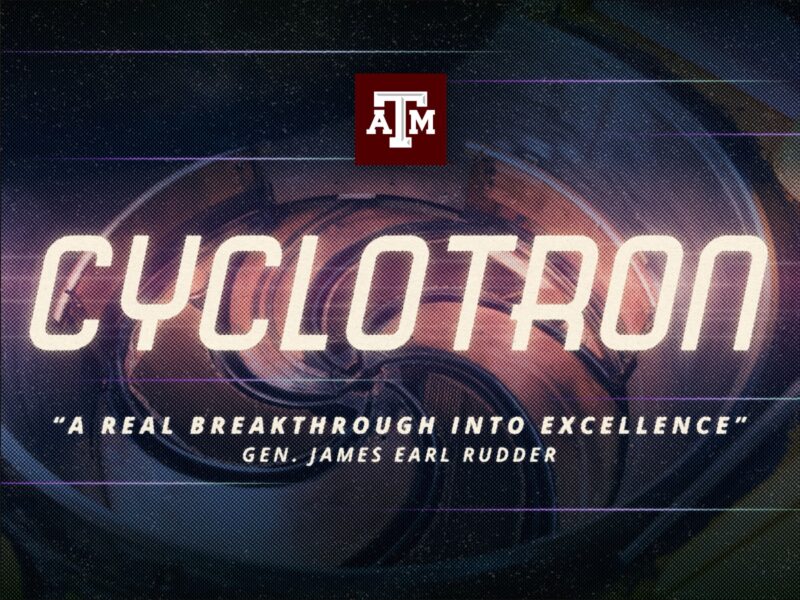Follow The Leader: Driverless ‘Platoon’ Truck Tech In Action At TTI
 “Can we deploy an automated, commercial two-truck platoon on specific corridors in Texas in the next 5 to 10 years?” Thanks to a successful test by TTI, the Federal Highway Administration (FHWA) and the Texas Department of Transportation (TxDOT), the agencies are a big step closer to answering that question.
“Can we deploy an automated, commercial two-truck platoon on specific corridors in Texas in the next 5 to 10 years?” Thanks to a successful test by TTI, the Federal Highway Administration (FHWA) and the Texas Department of Transportation (TxDOT), the agencies are a big step closer to answering that question.
TTI hosted a first of its kind two-truck platooning technology demonstration at the The Texas A&M University System RELLIS campus on July 22, highlighting one of the efforts in TxDOT’s Innovative Projects program. TTI Division Head Beverly Kuhn and a team of 15 researchers and in-kind private partners combined their efforts for the test. Representatives from TxDOT, FHWA, a major private-sector partner team, A&M System and TTI leadership also attended the event.
The system successfully executed all platooning scenarios planned for demonstration. The two Navistar 18-wheelers first linked up and traveled in a figure 8 at about 40 mph, followed by an increased gap distance, and ending with left and right lane changes in both directions.
“I’m not surprised at all that this type of innovation is happening in Texas,” says Al Alonzi, Administrator of FHWA’s Texas Division. “These kinds of partnerships – between TxDOT, TTI, USDOT, and private sector contributors – are the glue to innovation where the rubber is really going to meet the road, and that’s what makes me most proud. I have no doubt that the best is yet to come.”
Platooning fits neatly into TxDOT’s long-term vision for freight. “Freight improves the quality of life for citizens and businesses,” says TxDOT Transportation Engineer Marco Cameron. “And commercial truck platooning provides a way for freight to be delivered in a more efficient and cost-effective way.”
The demonstration project is unique in that it addresses a number of areas in a way that no other group has yet examined, including combining lateral and longitudinal control to provide automated steering, acceleration and braking without the driver in the loop.
This means that when the system is engaged, two trucks will travel together as one, while maintaining a consistent driver-adjustable separation distance. Each is equipped with radar, camera sensors, vehicle-to-vehicle communications, and a driver monitoring system. The combination of these, along with control algorithms, allows the trailing vehicle to safely and closely follow the lead truck. The lead driver operates the truck manually. The second driver is present in that truck and can take over control if necessary, but isn’t required to steer or control speed. The system keeps the trucks perfectly aligned.
“The benefits to this type of system are numerous,” says Kuhn. “With safety as the primary driver for this technology, the average projected fuel savings is up to 12 percent, and highway throughput will be notably better as well.”
The private sector partners involved in the project are: Ricardo, Navistar, TRW, Denso, Bendix, GreatDane Trailer, Lytx, Argonne National Laboratory and U.S. Army TARDEC.
This article originally appeared on tti.tamu.edu.





